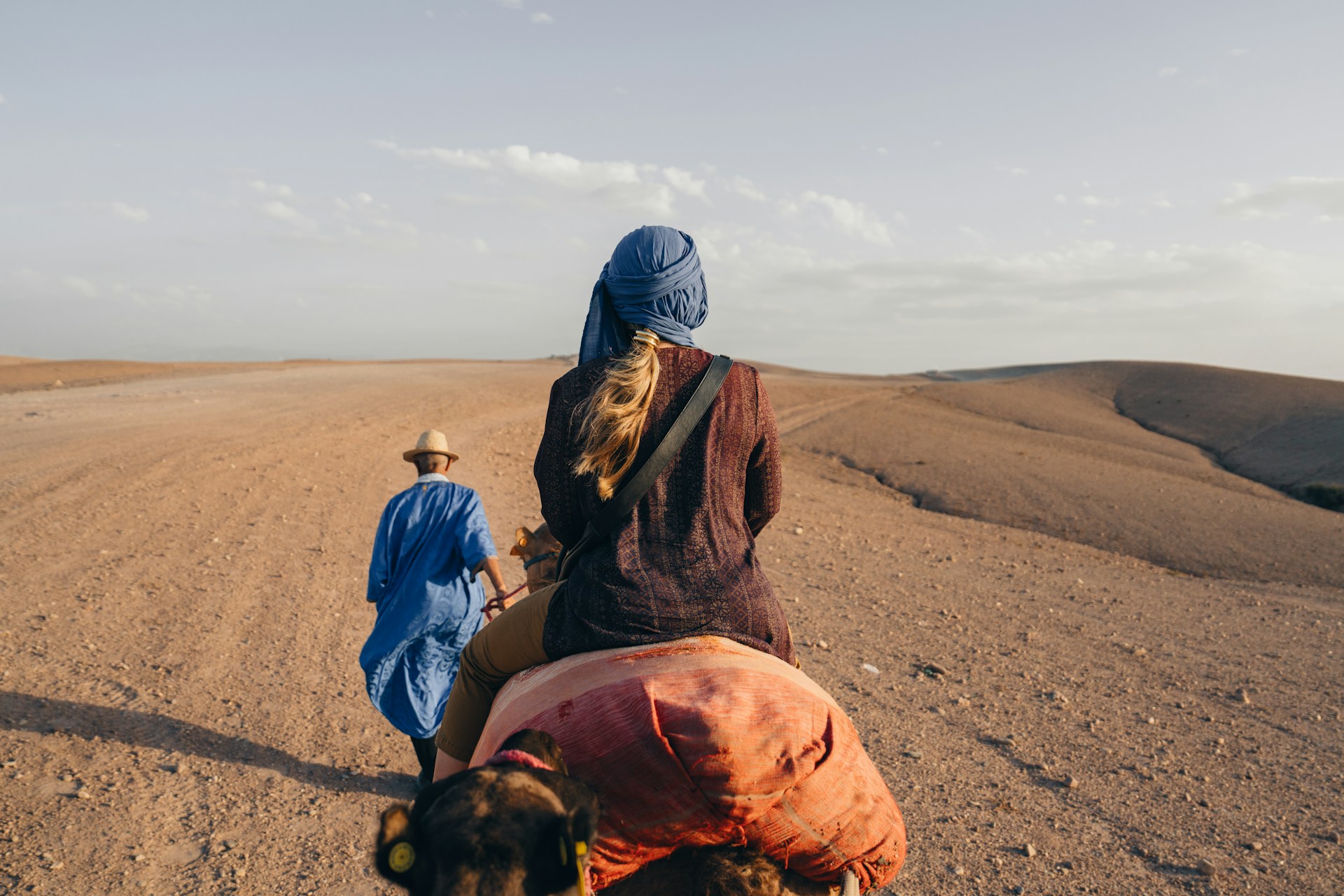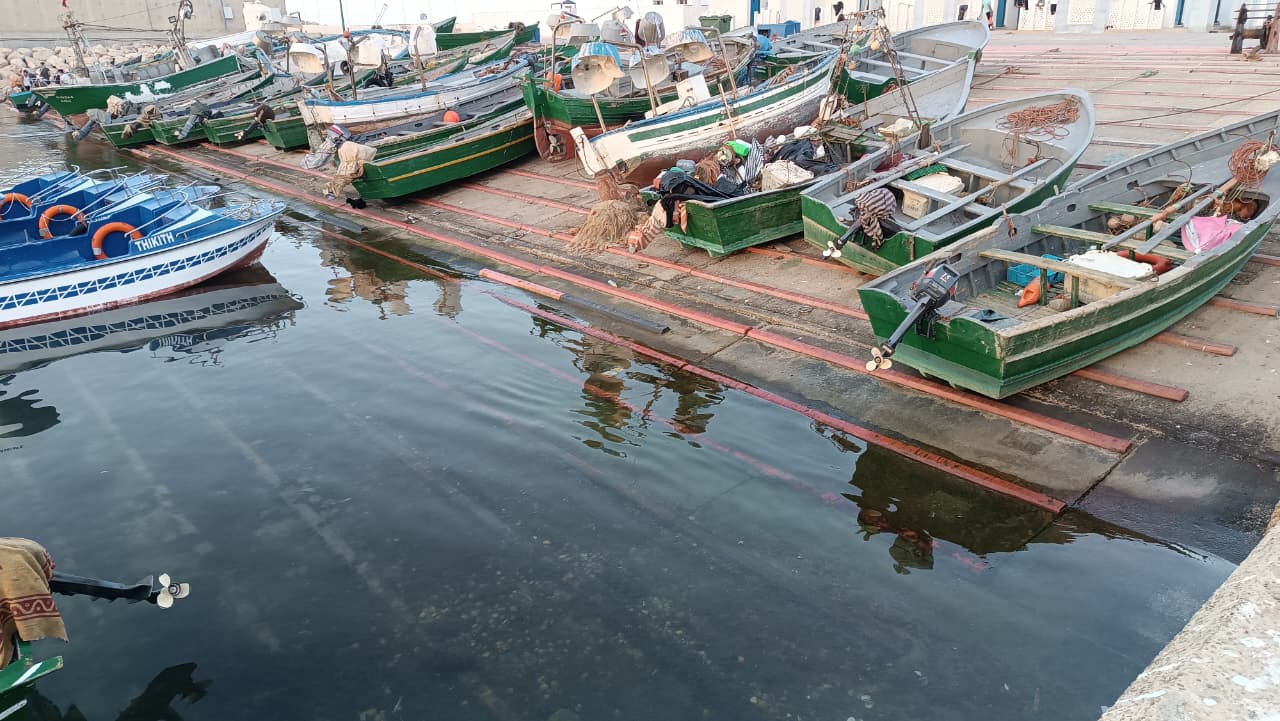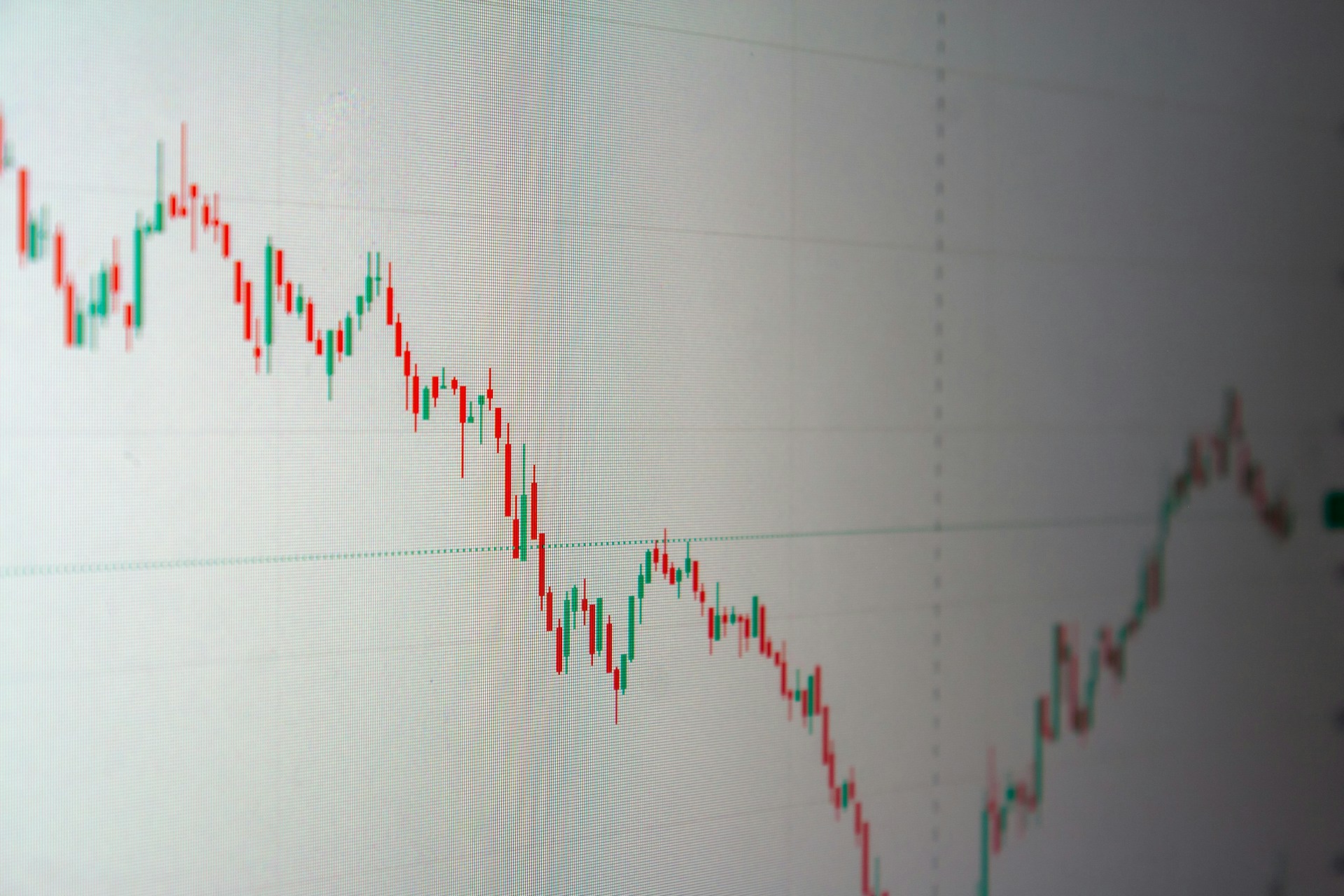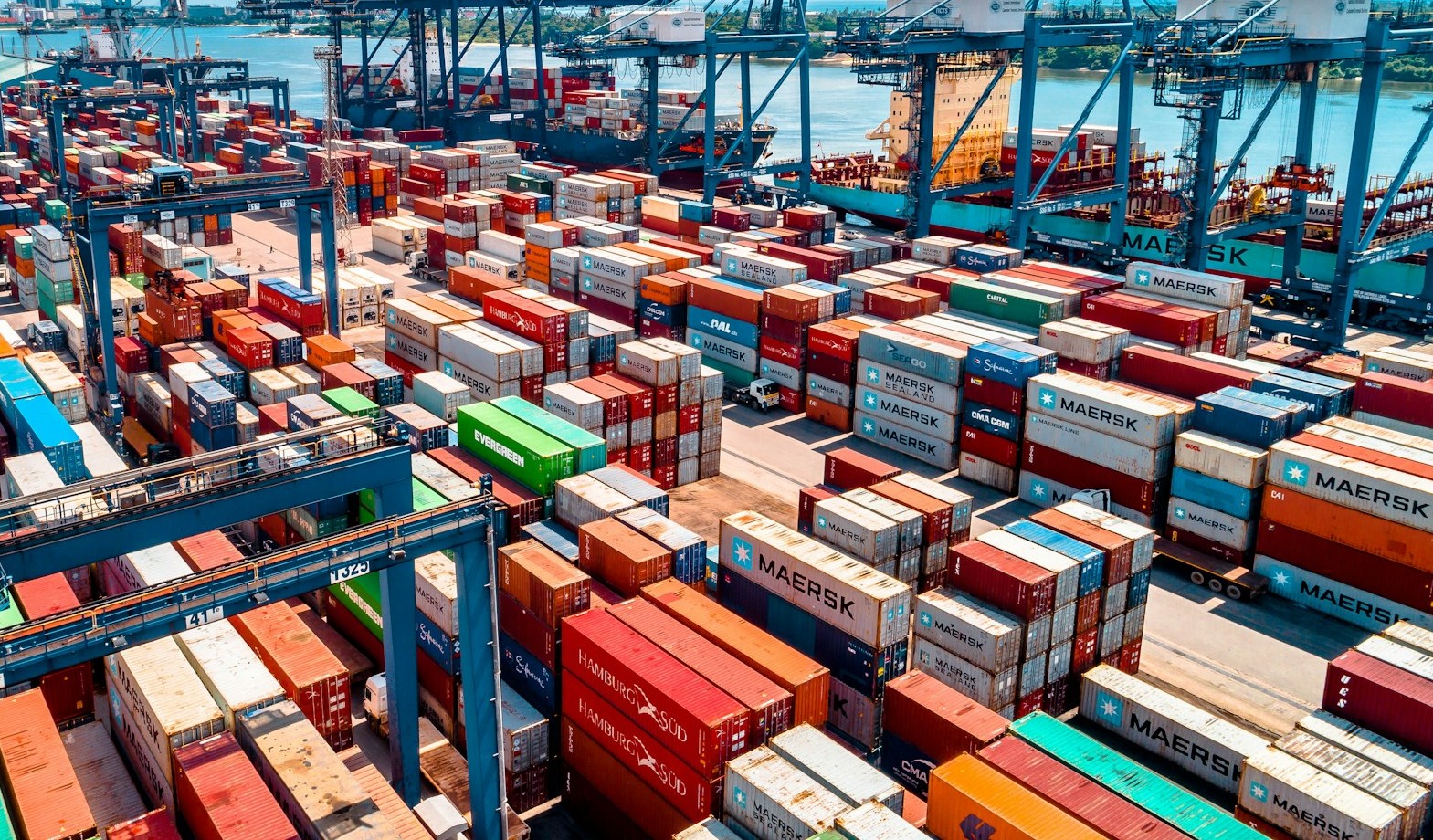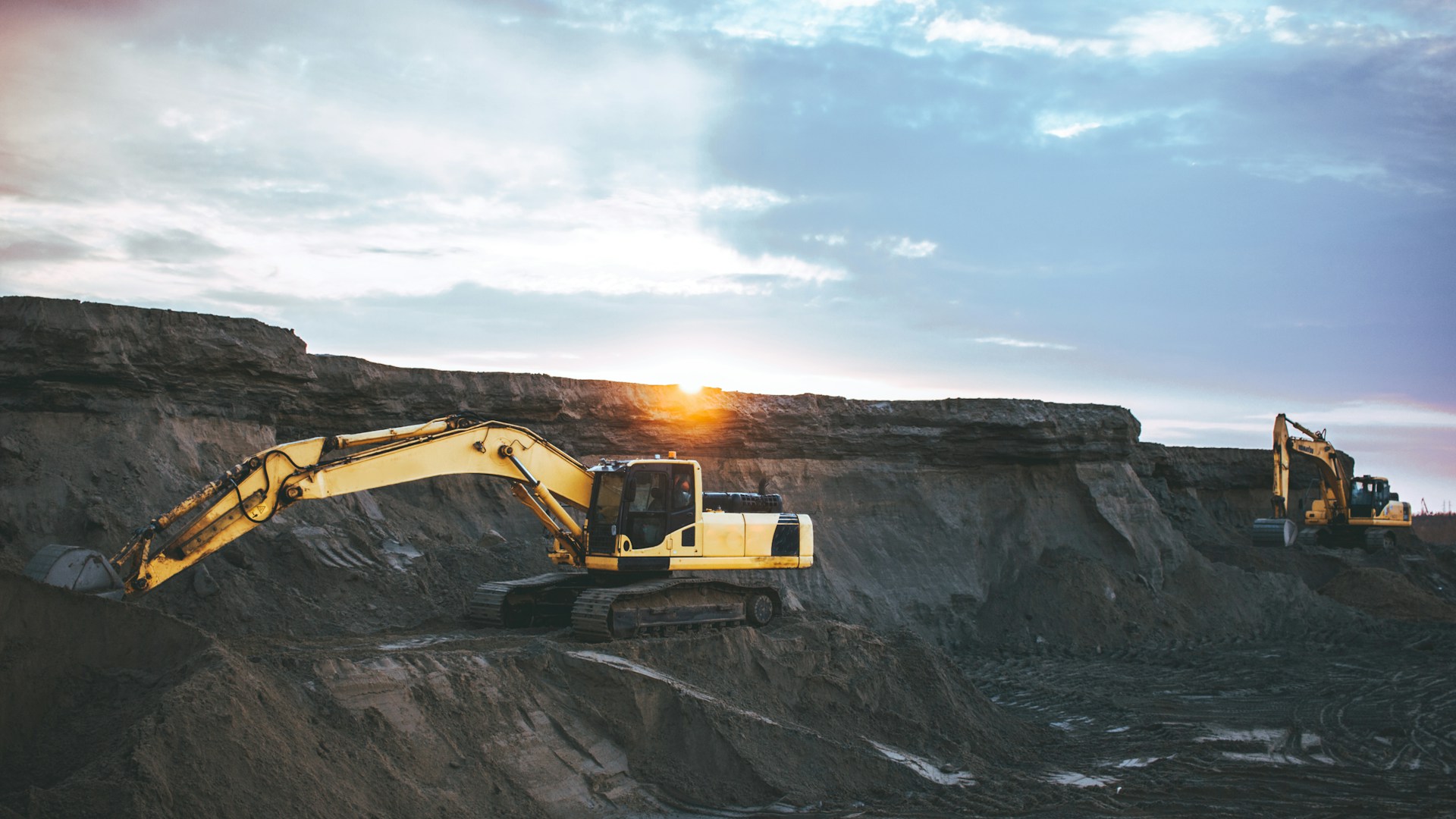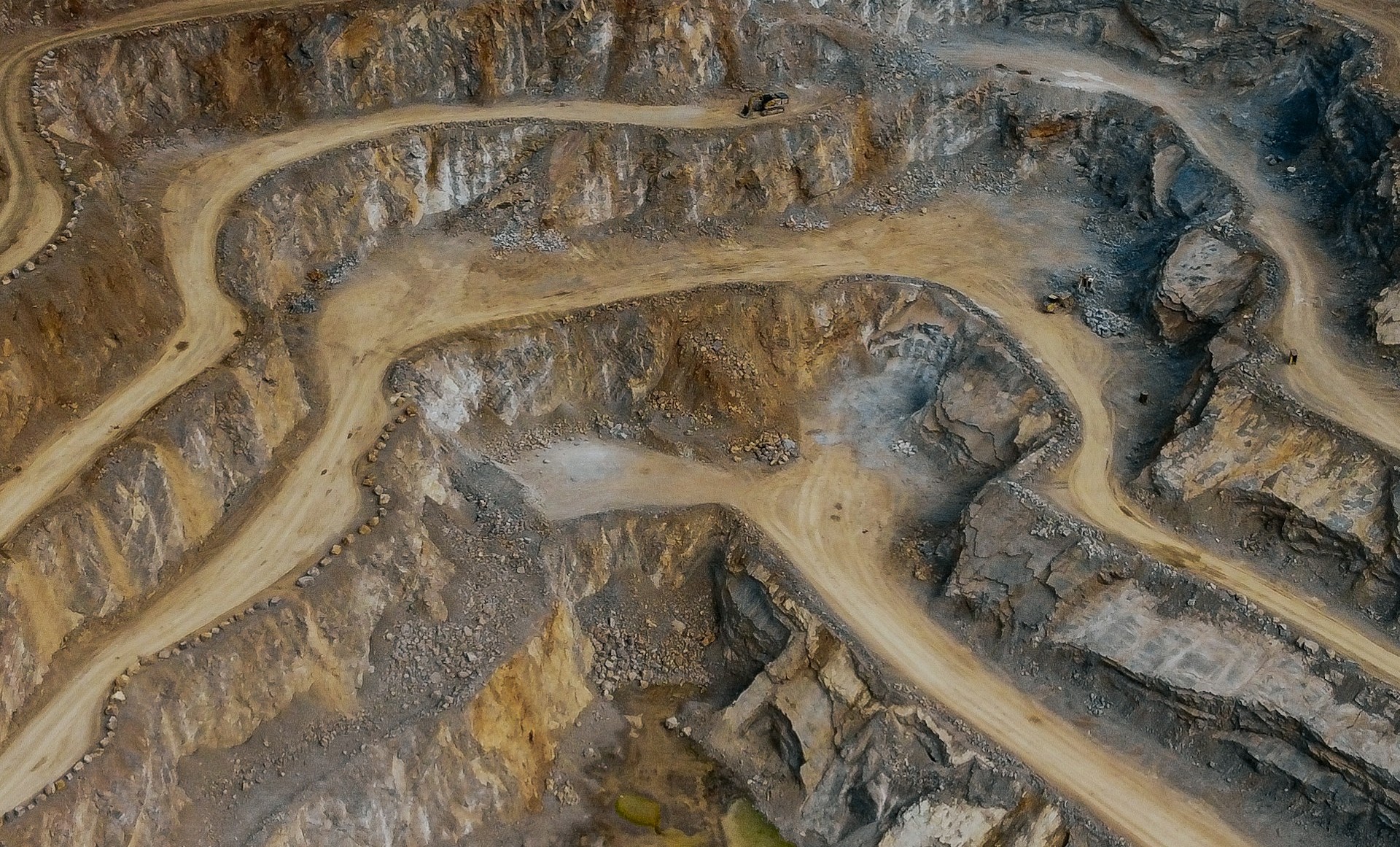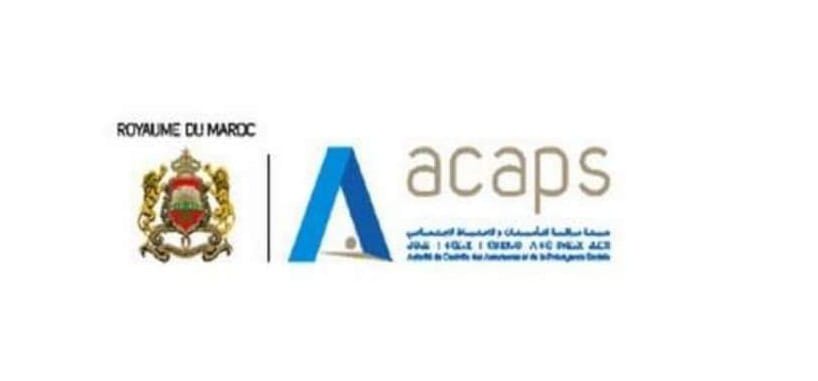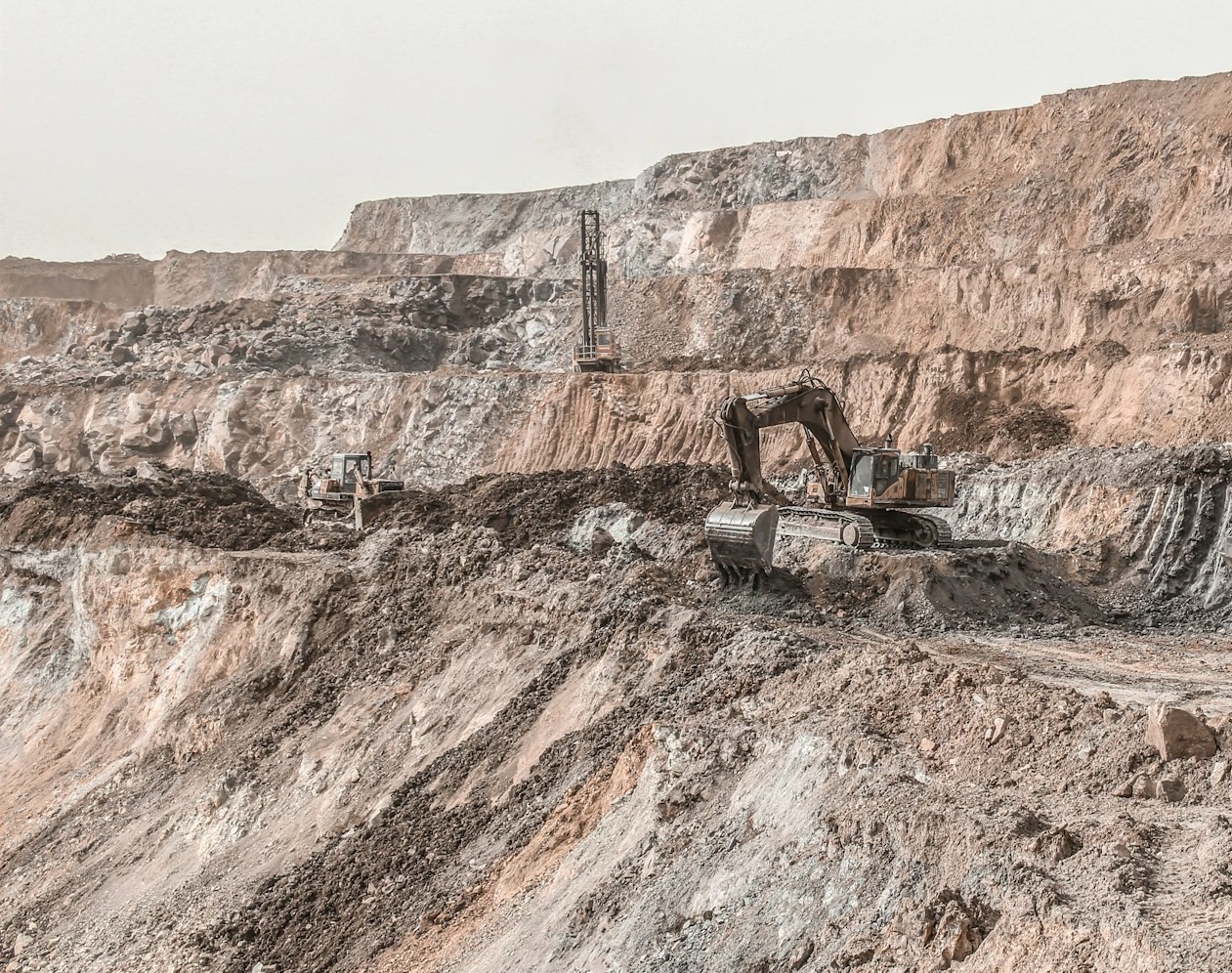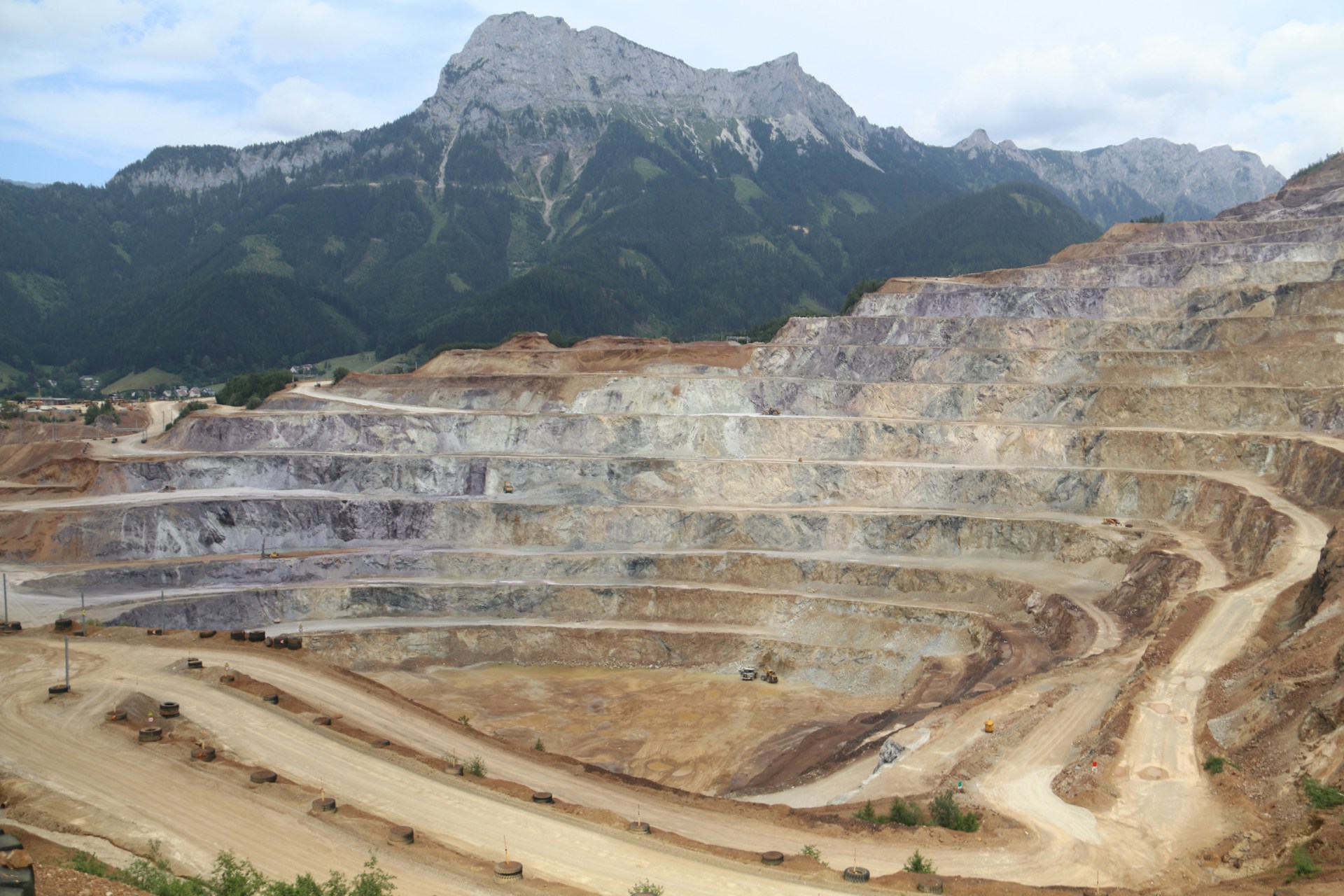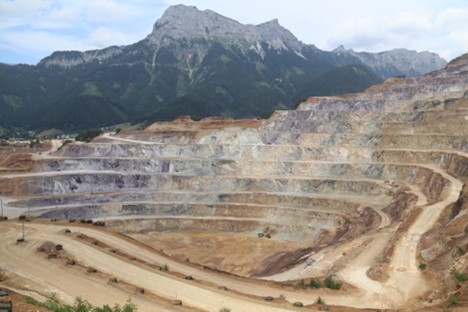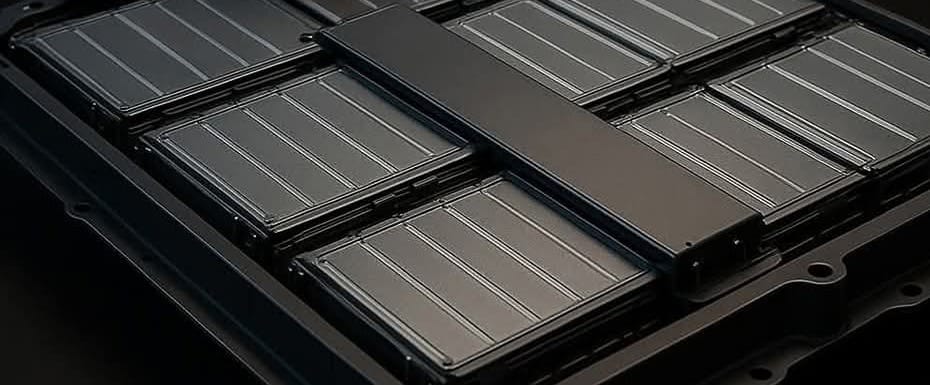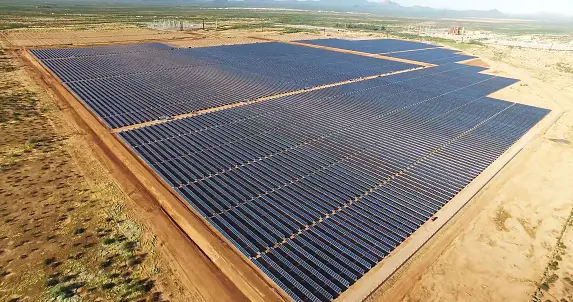Casablanca – The Canadian company Steadright Critical Minerals has announced plans to acquire and reactivate the Goundafa polymetallic mine, one of Morocco’s oldest mining sites, located in the High Atlas Mountains about 90 kilometers south of Marrakech. The initiative marks a potential turning point for the country’s mining sector, which has been gaining renewed momentum through the revival of historical deposits and the attraction of foreign investment.
The company signed a memorandum of understanding (MoU) with the Société Commerciale et Minière du Sahara (CMS), the current holder of the mining concession, granting Steadright the option to acquire up to 100% of the Goundafa project. The agreement includes an acquisition price of $8 million, a non-refundable deposit of $500,000, and the issuance of shares representing up to 9% of Steadright’s capital. The mine’s future production will also be subject to a 1% Net Smelter Royalty (NSR) on metal sales, providing ongoing revenue to the Moroccan state.
A site with deep historical roots
The Goundafa mine, located in the High Atlas Mountains, was first exploited between 1926 and 1956 by the Société des Mines de Goundafa (SMG). Operations ceased in the mid-1950s after Morocco’s independence. During its three decades of activity, the site produced approximately 320,000 tons of ore, particularly rich in zinc and lead during the early years of extraction.
Historical records indicate that in 1928, approximately 2,000 tons were extracted with an average composition of 22.13% zinc and 11.31% lead, while a 1985 report by the Bureau de Recherches et de Participations Minières (BRPM) documented silver grades reaching up to 400 grams per ton in certain galena-rich zones. Additional findings suggested increasing chalcopyrite and gold content at deeper levels, underscoring the site’s complex mineralization.
The deposit covers an area of 1,600 hectares in the Ijoukak district and is considered one of the most promising underexplored polymetallic zones in the Moroccan High Atlas. It already possesses valid mining and environmental permits, paving the way for a rapid resumption of industrial activity once the acquisition and due diligence are complete.
Strong geological potential
Recent geological evaluations have renewed interest in Goundafa’s potential. A 2022 technical and financial report prepared by CMS estimated conceptual resources of 6.62 million tons of ore containing zinc, lead, copper, silver, and gold. Average grades were reported at 2.1% zinc, 1.8% lead, and up to 2.1% copper, with gold content reaching 3.5 grams per ton in certain zones.
Approximately 1.7 million tons of ore are believed to be immediately accessible through the old multigallery underground network described in the 1985 BRPM mapping. The study also notes that these estimates cover only the first 600 meters of vertical depth, with potential extensions reaching 1,400 meters and additional lateral structures that could significantly increase total resources.
The geological structure — with steeply inclined, surface-exposed mineralized veins — offers favorable conditions for modern industrial-scale mining. Although the 2022 estimates are based on preliminary evaluations, they point to the deposit’s strong potential and align with Morocco’s wider strategy to revive and enhance the value of its historical mining assets.
Geological assessment confirms untapped potential and launch of due diligence phase
A 2022 geological assessment, based on historical mapping and underground data, combined new geochemical analyses with updated regional structural models to guide future exploration. Although the study was conceptual and lacked recent drilling results, it concluded that the Goundafa system remains largely underexplored and could contain high-grade mineral zones with strong development potential.
The company’s technical team has since launched a three-month due diligence process to verify historical records, evaluate existing infrastructure, and assess the economic feasibility of restarting operations. This review aims to confirm the accuracy of previous findings and determine the site’s readiness for renewed mining activity.
A strategic move in a growing sector
For the company, acquiring the Goundafa site offers a strategic opportunity to gain access to critical minerals such as copper and zinc — both classified as essential resources by major global economies, including the United States, Canada, and the European Union. The fully permitted concession is viewed as an ideal asset at a time when international demand for these materials continues to rise, supported by Morocco’s favorable and stable mining environment.
The project also aligns with Morocco’s broader strategy to revitalize its mining industry, modernize extraction techniques, and attract foreign investment in minerals vital to the global energy transition — such as copper, cobalt, manganese, and rare metals.
The planned revival of the Goundafa mine therefore reflects both private-sector ambition and national policy objectives. It illustrates how historic mining sites, when supported by modern geological assessment and a clear regulatory framework, can contribute to strengthening Morocco’s role as a competitive player in the global market for natural and strategic resources.
If completed as envisioned, the investment could open a new industrial chapter for the High Atlas region — one that connects the country’s mining legacy with the evolving demands of today’s global economy.
